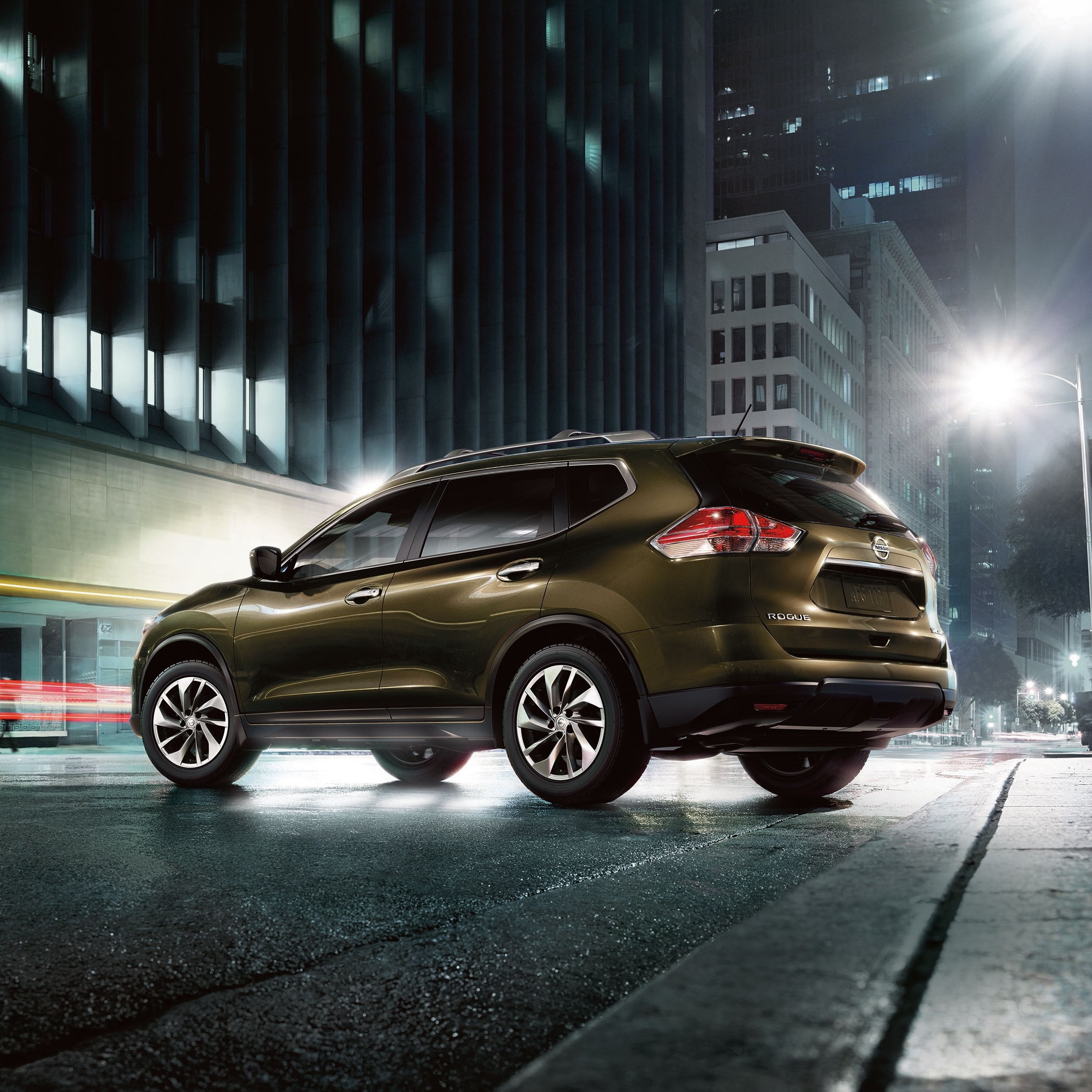Cars and Drivers
2015 Toyota RAV4, 2014 Nissan Rogue, and 2014 Subaru Forester Have Crash Test Problems

Published:
Last Updated:

Passenger-side, front-seat occupants of some small SUVs may be at risk based on crash tests of seven small SUV models. These IIHS crash tests showed that passengers in the 2015 Toyota Motor Corp. (NYSE: TM) RAV4, 2014 Nissan Rogue, and 2014 Subaru Forester may particularly have problems. These are not only some of the best selling brands for their parent companies, they are among the best selling cars in America
Drivers of vehicles with good small overlap front ratings from IIHS can expect to be protected well in a frontal crash involving the left corner of the vehicle. But how would the passengers sitting next to them fare in a right-side small overlap crash? A new study shows that good protection doesn’t always extend across the front seat.
The Institute conducted 40 mph passenger-side small overlap tests on seven small SUVs with good driver-side small overlap ratings. Only one of the vehicles, the 2016 Hyundai Tucson, performed at a level corresponding to a good rating, and the others ran the gamut from poor to acceptable.
Becky Mueller, an IIHS senior research engineer and the lead author of the study described the issue:
When structural improvements are visible only on the driver-side, there are large differences in performance.But the inverse is not true. Some vehicle structures look the same on both sides, but they don’t perform the same. That’s why we can’t rely on visual analysis but need to monitor this issue and possibly begin rating vehicles for passenger-side protection.
And, the nature of the problems:
The 2015 Toyota RAV4 and the 2014 Nissan Rogue were the only vehicles to appear asymmetrical. In the passenger-side test, the RAV4 was the worst performer. If the Institute issued ratings for passenger-side protection, the RAV4 would earn a poor rating. The Rogue would earn a marginal.
These two vehicles had the highest amount of passenger-side intrusion. Intrusion measures are important because they indicate how well the structure held up; the greater the amount of intrusion, the higher the likelihood of serious injuries.
Maximum intrusion in the passenger-side test was 13 inches more than in the driver-side test for the RAV4 and 10 inches more for the Rogue. The Rogue’s door hinge pillar tore off completely, and the RAV4’s door opened. In a real crash, an open door would leave the occupant at risk for ejection.
Two vehicles that appeared symmetrical, the 2014 Subaru Forester and the 2015 Mazda CX-5, also had substantially more intrusion in the passenger-side test than in the driver-side test.
In May, the Toyota RAV4 was the 7th best selling car or light truck in the U.S. with sales of 32,261 up 12%. Granted, this model is newer than the one tested. In May, sales of the Nissan Rogue ranked 12th among all cars and light trucks at 27,428 up 5.9%. Again, this is different from the year of the one tested. The Forester is a mainstay of the Subaru line up
No one knows exactly how the IIHS test affect sales. Toyota, Subaru, and Nissan should hope not at all
The thought of burdening your family with a financial disaster is most Americans’ nightmare. However, recent studies show that over 100 million Americans still don’t have proper life insurance in the event they pass away.
Life insurance can bring peace of mind – ensuring your loved ones are safeguarded against unforeseen expenses and debts. With premiums often lower than expected and a variety of plans tailored to different life stages and health conditions, securing a policy is more accessible than ever.
A quick, no-obligation quote can provide valuable insight into what’s available and what might best suit your family’s needs. Life insurance is a simple step you can take today to help secure peace of mind for your loved ones tomorrow.
Click here to learn how to get a quote in just a few minutes.
Thank you for reading! Have some feedback for us?
Contact the 24/7 Wall St. editorial team.